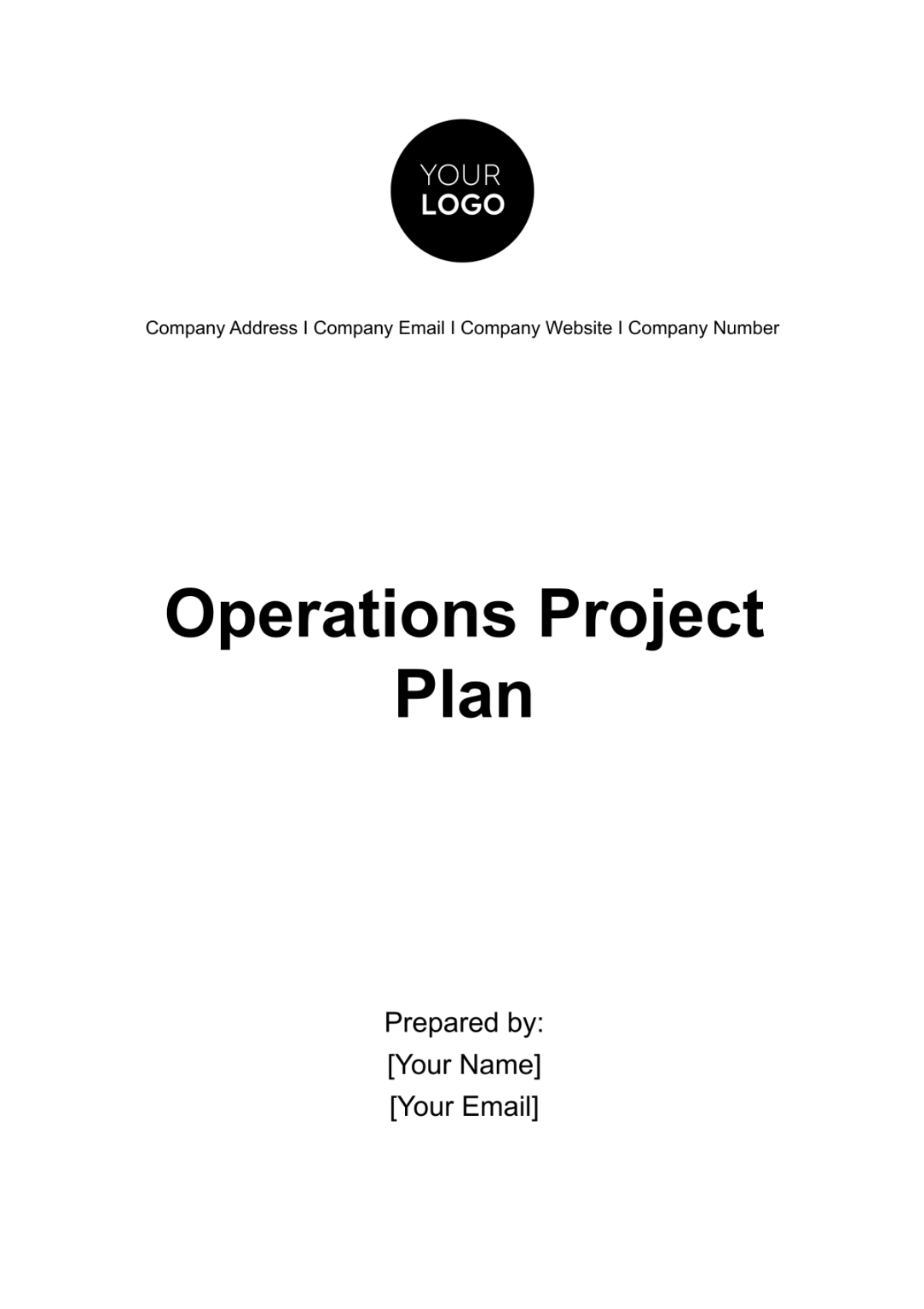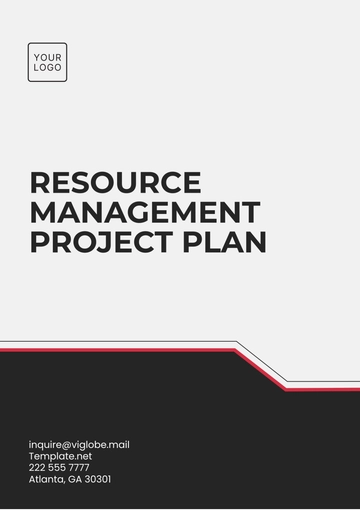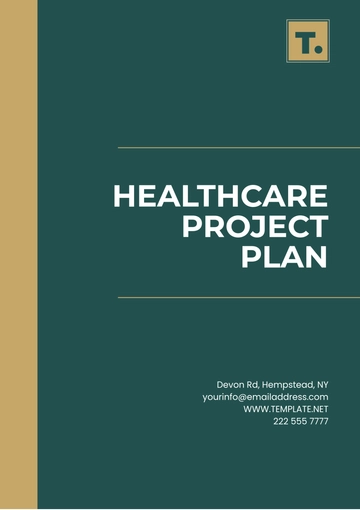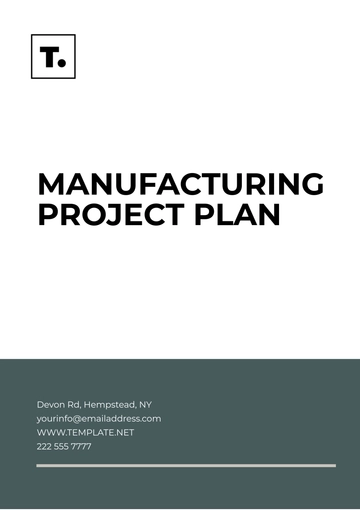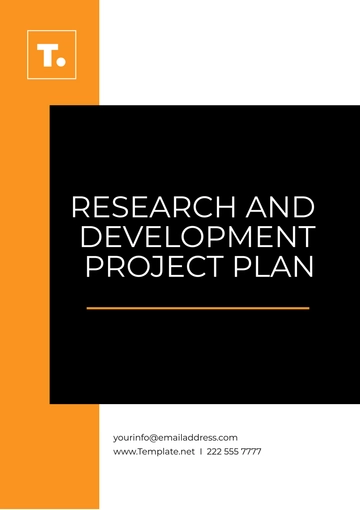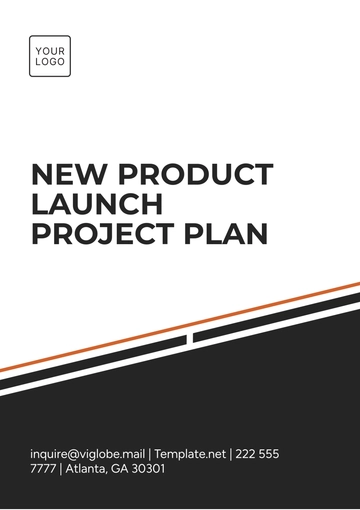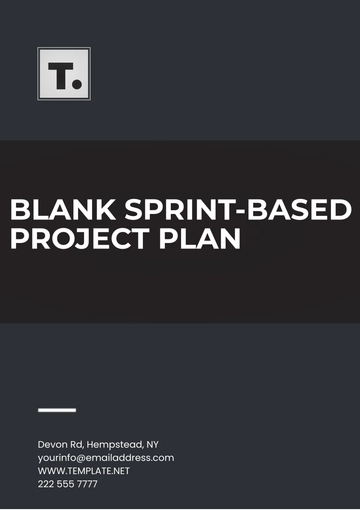Operations Project Plan
Project Overview
Project Title: Streamlining Customer Service Operations
Project Manager: [YOUR NAME]
Company: [YOUR COMPANY NAME]
Start Date: January 1, 2055
End Date: June 30, 2055
Objective
The objective of this project is to streamline customer service operations by implementing automated systems, enhancing team collaboration, and improving overall customer satisfaction. The goal is to reduce response times, increase customer retention, and optimize resource allocation within the customer service department.
Scope
The project will cover the following areas:
Implementation of an AI-powered chatbot for handling initial customer inquiries.
Redesigning the customer service team structure for improved efficiency.
Integration of a customer relationship management (CRM) tool for better tracking and follow-up.
Training staff on new tools and processes.
1. Project Deliverables
AI-powered chatbot: Fully developed and integrated with the website and mobile app.
Restructured Team: A new organizational structure for the customer service department.
CRM Tool: CRM system successfully implemented and functional for tracking interactions.
Training Program: Training sessions conducted for customer service representatives.
2. Roles and Responsibilities
Role | Team | Responsibilities |
|---|
Project Manager | Project Management Team | Oversee project execution, coordinate teams and track milestones. |
AI Developer | AI Development Team | Develop, test, and deploy the AI chatbot. |
CRM Specialist | CRM Integration Team | Implement and integrate the CRM system with current operations. |
HR Department | Training and HR Team | Coordinate and manage employee training sessions. |
Customer Service Manager | Customer Support Team | Lead the restructuring of the customer service team. |
IT Support | IT Infrastructure Team | Provide technical support for integrations and system deployment. |
3. Project Milestones and Timeline
Milestone | Target Date | Responsible Party | Status |
|---|
Initial Planning and Requirement Analysis | January 1, 2025 | Project Management Team | Not Started |
Selection of AI Vendor/Platform | January 15, 2025 | AI Development Team | Not Started |
CRM System Implementation | February 1, 2025 | CRM Integration Team | Not Started |
First Round of Team Restructuring | March 1, 2025 | Customer Support Team | Not Started |
First Training Session for Staff | April 1, 2025 | Training and HR Team | Not Started |
Chatbot and CRM System Go-Live | May 1, 2025 | AI Development Team, CRM Integration Team | Not Started |
Final Review and Reporting | June 30, 2025 | Project Management Team | Not Started |
4. Resource Allocation
Resource | Amount | Purpose |
|---|
AI Chatbot Software | 100 Licenses | For implementing the automated chatbot. |
CRM Tool Subscription | Annual Subscription | For customer interaction tracking and management. |
Training Materials | 50 Copies | For employee training sessions. |
Staff Time | 500 Hours | For participation in training and restructuring. |
5. Risk Management Plan
Risk | Impact | Likelihood | Mitigation Strategy |
|---|
Delays in chatbot integration | High | Medium | Ensure clear communication with vendors and set realistic timelines. |
Resistance to change from employees | Medium | High | Offer comprehensive training and provide support during the transition. |
Technical issues with CRM integration | High | Low | Conduct thorough testing before full implementation. |
Budget overrun | Medium | Low | Regularly monitor budget and adjust resources as needed. |
6. Monitoring and Reporting
Reporting Frequency
Weekly Progress Reports: To track project milestones and activities.
Monthly Review: To assess the overall status and make necessary adjustments.
Final Report: A comprehensive report at the end of the project detailing achievements, challenges, and recommendations for future projects.
Key Performance Indicators (KPIs)
Customer Satisfaction: Measured via post-interaction surveys.
Response Time: Reduction in average response time to customer inquiries.
Employee Engagement: Employee satisfaction with new systems and processes.
Operational Efficiency: Improvements in handling customer queries through automation.
7. Conclusion
The Operations Project Plan for streamlining customer service operations is aimed at enhancing efficiency, customer satisfaction, and employee productivity. Through careful planning, implementation, and monitoring, the project is designed to ensure the successful integration of new technologies, team restructuring, and effective training for staff. Regular updates and risk mitigation strategies will ensure the project remains on track for successful completion.
Plan Templates @ Template.net
